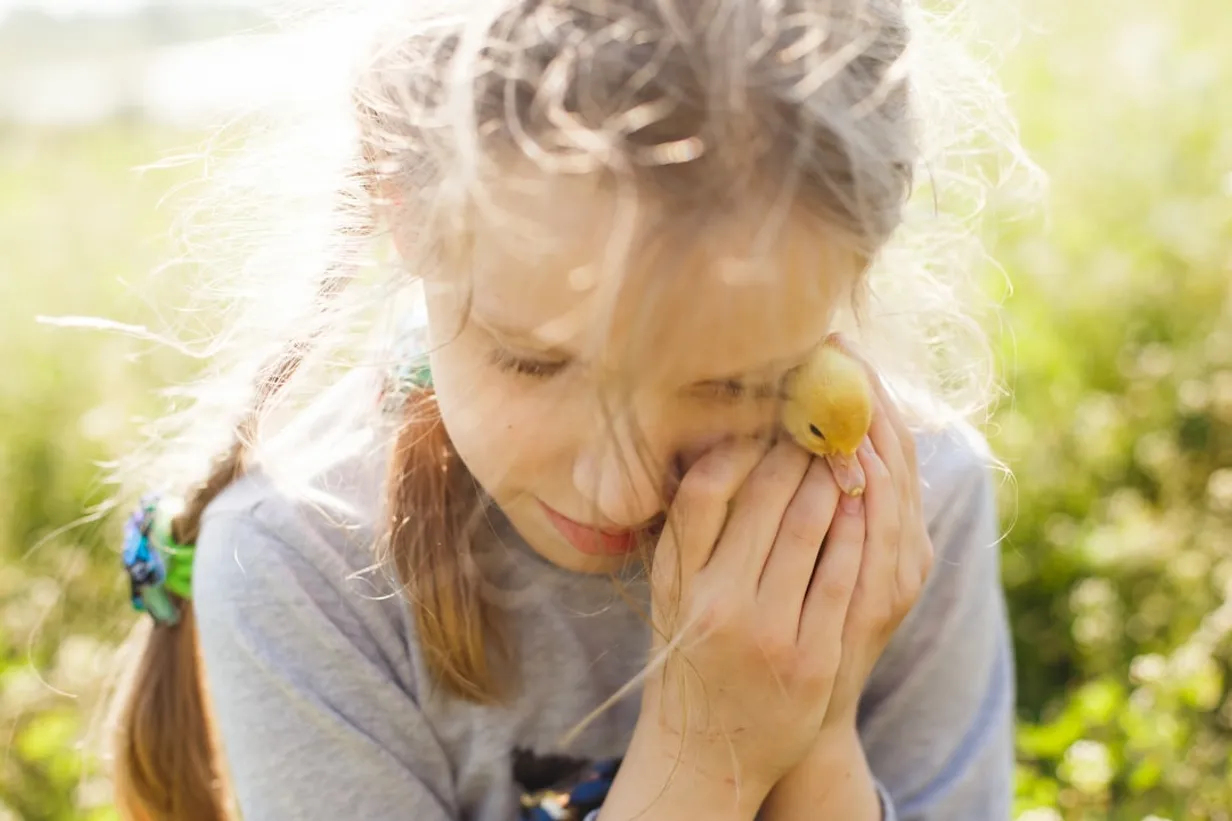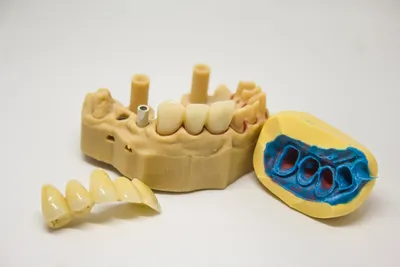Introduction to Childhood Allergies
Allergies in children are increasingly common and can range from mild to severe, impacting their quality of life. Understanding and managing these allergies is crucial for maintaining your child's health and happiness.
Common Types of Childhood Allergies
Food Allergies
Food allergies are among the most prevalent in children. Common allergens include peanuts, tree nuts, milk, eggs, soy, wheat, fish, and shellfish. Symptoms can include hives, digestive issues, respiratory problems, or even anaphylaxis.
Environmental Allergies
Environmental allergies are triggered by allergens such as pollen, dust mites, pet dander, and mold. Symptoms often include sneezing, runny or stuffy nose, itchy eyes, and coughing.
Skin Allergies
Conditions like eczema and contact dermatitis are forms of skin allergies. Triggers can include soaps, detergents, lotions, and certain fabrics, leading to red, itchy, and inflamed skin.
Identification and Diagnosis
Early identification and diagnosis are key to managing allergies effectively. Common methods include:
Observation and Symptom Tracking
Keep a diary of your child’s symptoms and possible triggers. This information can help healthcare providers pinpoint the cause of the allergy.
Allergy Testing
Doctors may recommend skin prick tests, blood tests, or elimination diets to diagnose specific allergies. These tests help identify the allergens causing the reactions.
Managing Childhood Allergies
Medication
Depending on the severity of the allergy, medications such as antihistamines, decongestants, or epinephrine injections may be prescribed to manage symptoms.
Allergen Avoidance
Once allergens are identified, avoid exposure as much as possible. This may involve reading food labels carefully, controlling indoor air quality, and using hypoallergenic products.
Creating an Allergy Action Plan
Having an action plan in place ensures that you, your child, and others know exactly what to do in case of an allergic reaction. This plan should include information on how to recognize symptoms and administer medication.
Preventative Measures
While some allergies cannot be prevented, certain measures can reduce the risk of developing allergies or lessen their severity.
Breastfeeding
Breastfeeding exclusively for the first six months can help build a strong immune system and may reduce the risk of developing allergies.
Introduction of Allergenic Foods
Introducing common allergenic foods to your child’s diet gradually, starting around six months, can help their immune system develop tolerance.
Maintaining a Clean Environment
Regularly cleaning your home and reducing exposure to common allergens like dust mites and pet dander can mitigate the impact of environmental allergies.
Conclusion
Understanding and managing childhood allergies requires a proactive and informed approach. By identifying allergens, taking preventative measures, and having a management plan in place, you can help ensure your child leads a healthy and joyful life.
Popular Health Articles
Explore our most popular health articles that have resonated most with our readers, offering valuable insights and practical advice.




